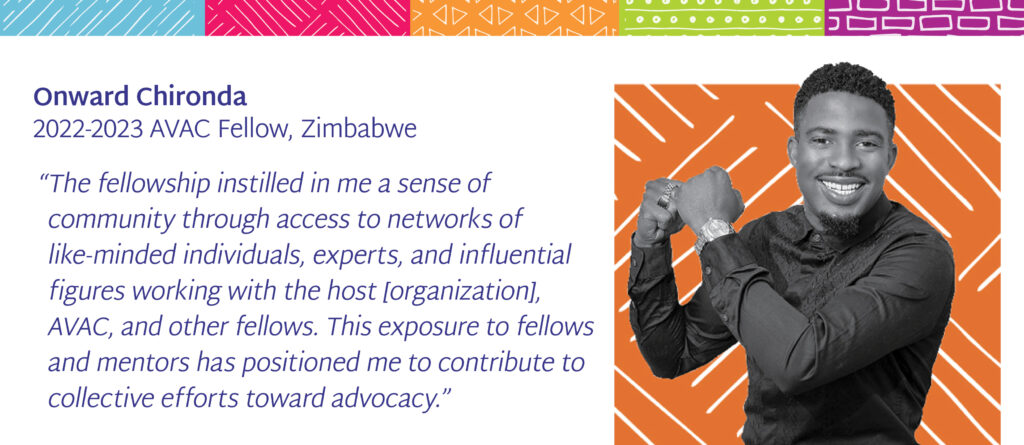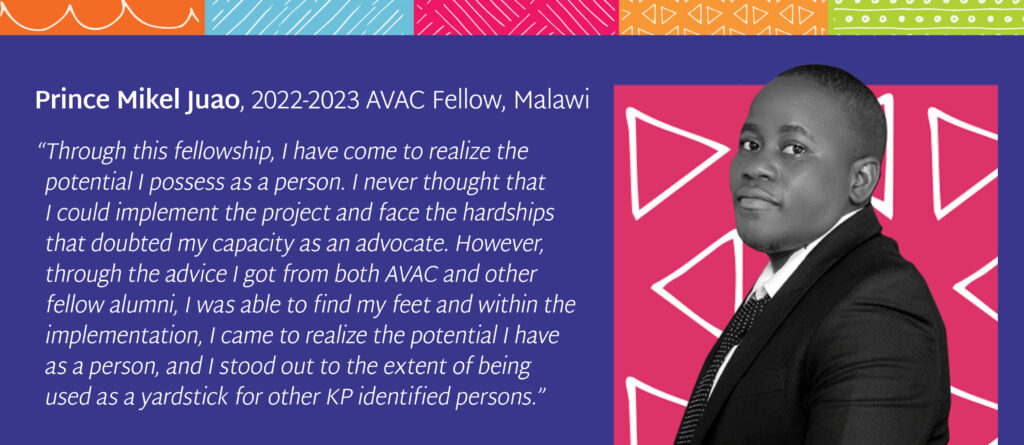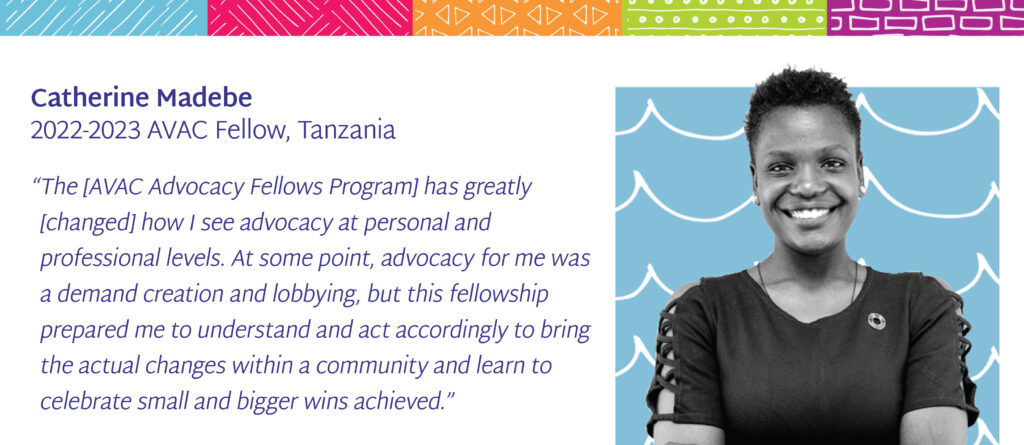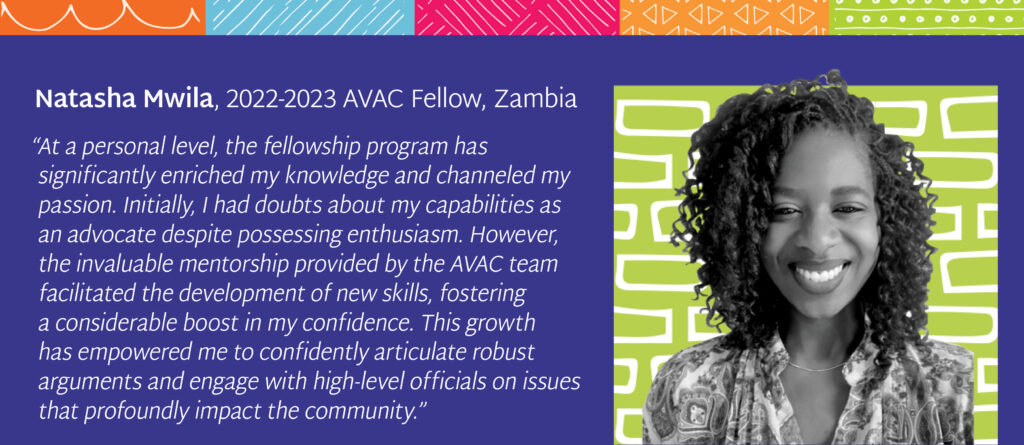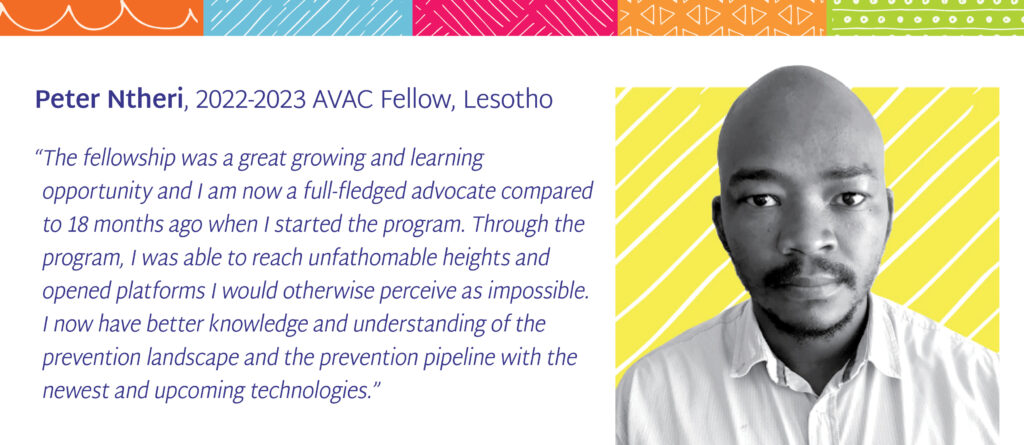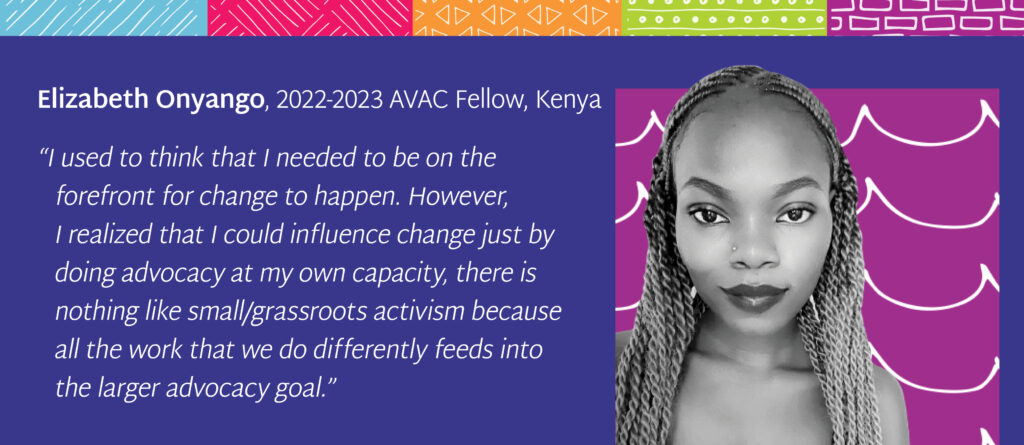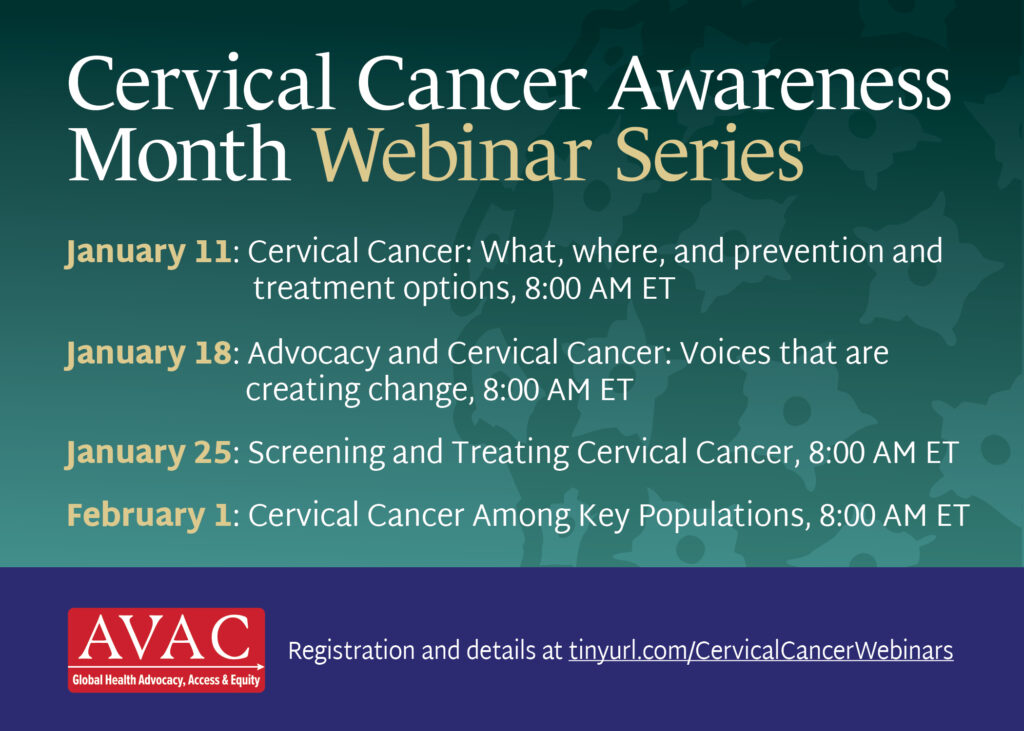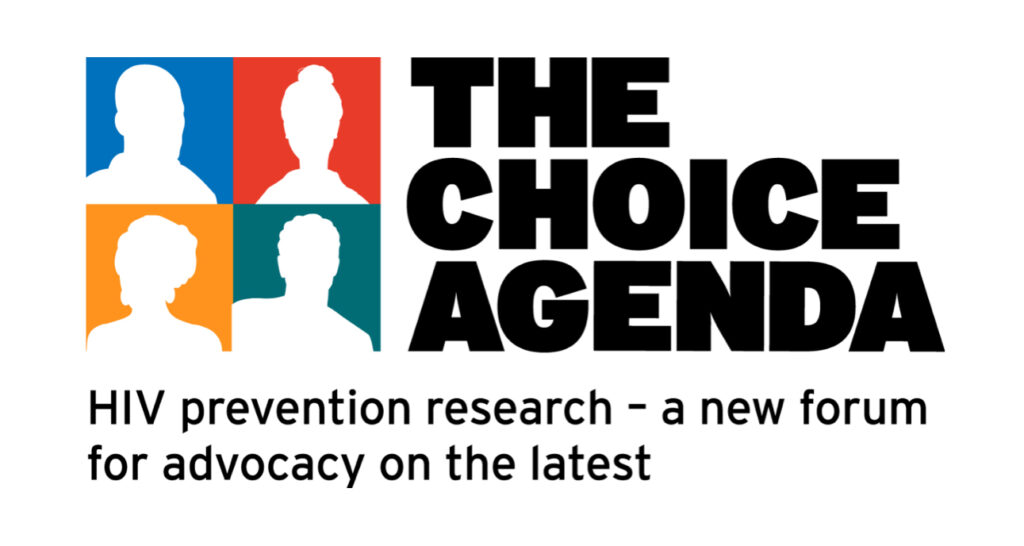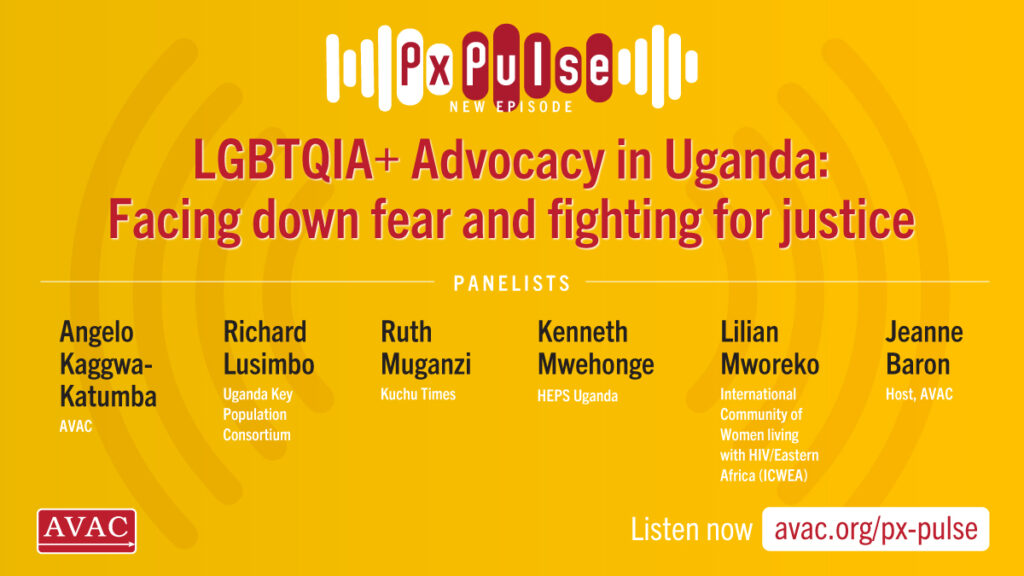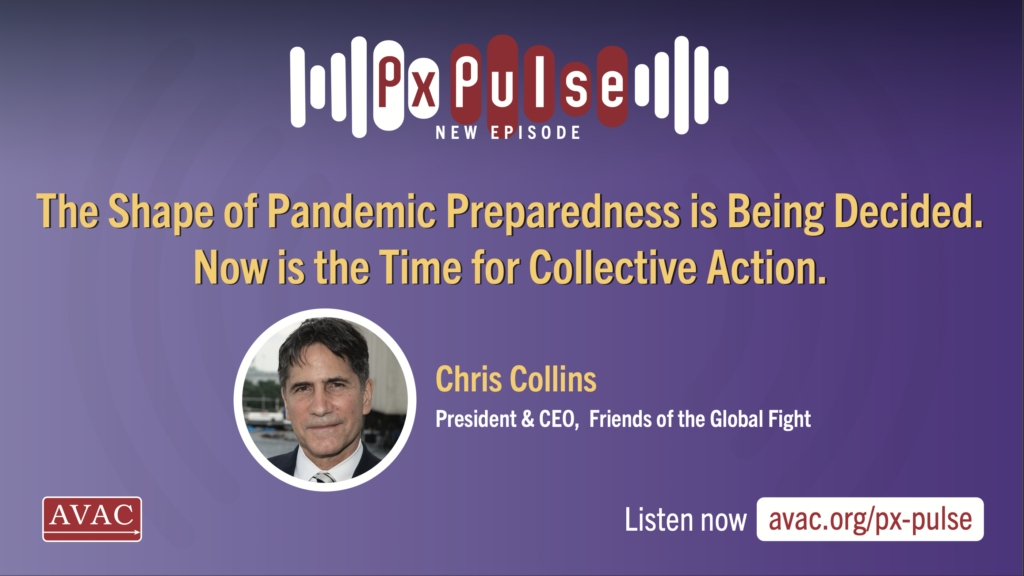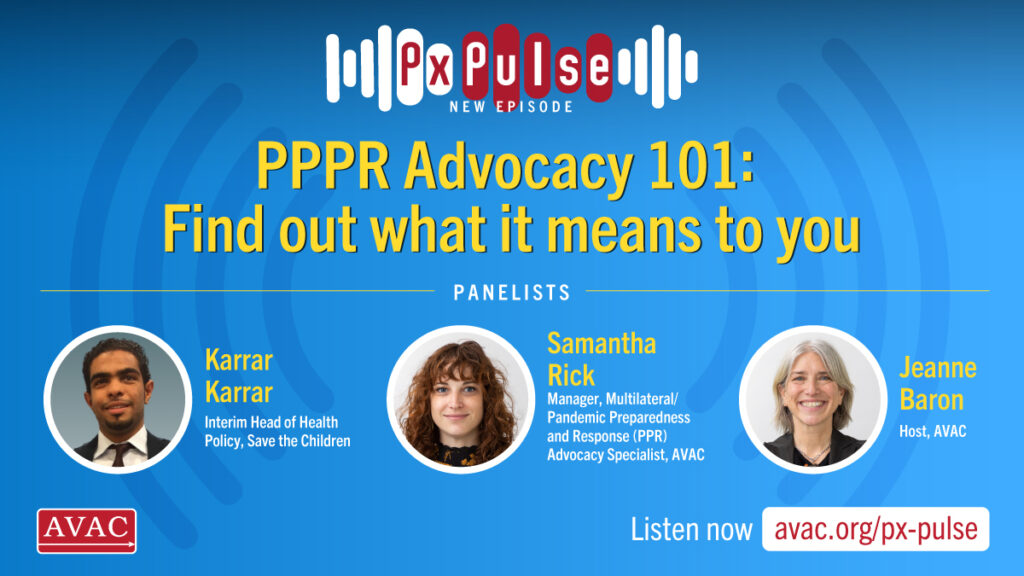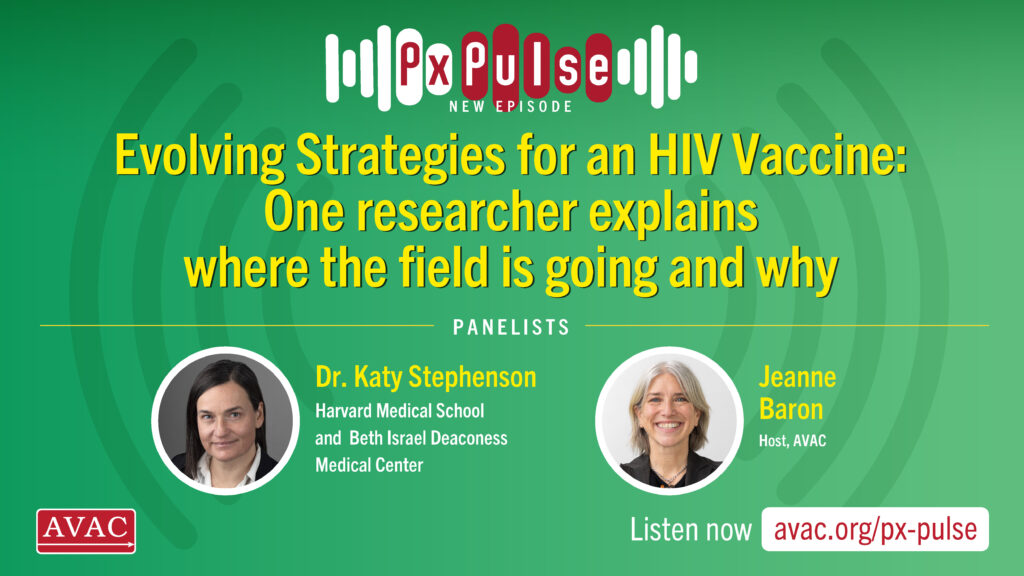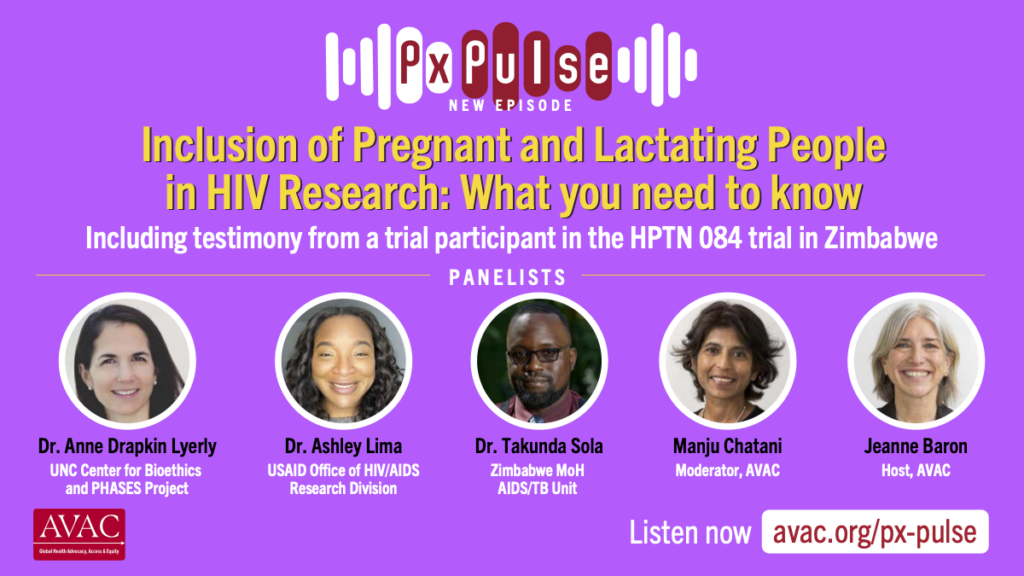In many ways the world is entering an era of HIV prevention that many of us have spent the last 40 years fighting for— there now exists multiple options for preventing HIV that are safe, highly effective and easy to use. 2012 saw the introduction of the first ARV-based prevention option—daily oral PrEP. And over the past two years, WHO recommended, and several national regulatory agencies have approved, injectable ARVs for treatment and prevention, as well as the dapvirine vaginal ring.
While these advances are something to celebrate, this is far from the end of the road. Technological gains only go as far as people’s awareness of them, desire to use them, and access to them. And this is where we — as a public health community and as a planet of humans — struggle. Just like with the first ARV therapies in the mid 1990s, and the first PrEP pill for prevention a decade ago, we’re now four years into the FDA approval of the first long-acting ARV therapy and we are several years away from scaling up these long-acting medications and truly seeing the impact they can have on the lives of people (whether living with HIV or in need of PrEP), and on the HIV epidemic itself.
It takes the HIV response far too long to move these innovative inventions to the point where they become medical miracles, experienced by everyone who needs and wants them, regardless of race, ethnicity, national origin, religion, sexual orientation, gender identity, sex assigned at birth, pregnancy status or income.
There is a new special issue of the magazine POSITIVELY AWARE, co-edited by Kenyon Farrow, AVAC’s communications director, and Jim Pickett, AVAC’s senior advisor and lead of the Choice Agenda, that explores the impact of long-acting injectable treatment and PrEP. The articles, including a piece co-authored by John Meade, AVAC’s senior policy manager, and Danielle Campbell of PrEP in Black America and longtime AVAC partner, speak to the humans involved in downstream research, and what their experiences as patients, researchers, advocates and medical providers of long-acting treatment and PrEP teach us about how these products could be transformative. These stories make clear how far we still have to go to change our health systems so that they can meet their maximum potential.
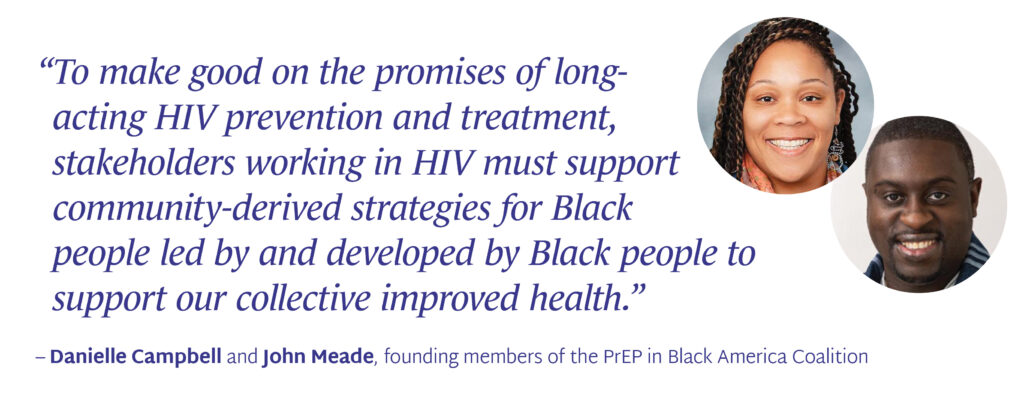
AVAC will continue our work to advocate for global equity in access to prevention and treatment in all their current and future forms. We celebrate this issue of POSITIVELY AWARE as one collection of voices helping to point the way towards a more equitable future.

